RAM is essential for VR. But then, how much RAM for VR is enough? This will depend on several factors, particularly the game you’re playing.
If you’re playing a game that boasts a lot of physics simulations and an open world, then you’ll need a lot of RAM, GPU, and even CPU. Yes, CPU and GPU are essential too. You’ll require a powerful GPU and stable CPU to get the desired FPS.
As with any game, having more RAM and other essential hardware is a big boost. Virtual Reality (VR) will run smoother, and you’ll get a better user experience.
Here, we will explain all the things you must know about RAM choice for VR. After reading, we hope you’ll have the capacity to make an informed decision.
How Much RAM For VR Is Enough?
Let’s assume this question is for gamers and VR developers. Individuals in both categories need enough RAM space. Why? You will be running many applications, so choosing an adequate amount of RAM is essential.
For VR gamers, 16GB RAM is a good option for those that play 1080p at 60FPS. So, before you claim your PC is VR-ready, check the RAM and other relevant hardware (GPU and CPU).
Your computer has to be super fast to support VR applications and goggles. Of course, it would be interesting to have your applications and hardware working fast. This way, you’ll enjoy VR games.
We said 16GB RAM is a reasonable option, but 32GB is better if you have the budget. So go ahead and invest in 32GB memory. Why? With this memory size, your applications will have plenty of headroom.
Another reason we recommend 32GB RAM is to make your system future-proof. With this much space, you can run any current VR and won’t need an upgrade for the next 5years or so.
Are you a VR developer? We recommend getting 64GB RAM or more, based on the full suite of software you intend to use.
Are 8GB and 4GB RAM ideal options for VR? Well, the truth is some of the VR headsets out there require a minimum of 8GB RAM. The only exceptions are the HTC Vive Pro and HTC Vive Pro Eye. These two VR headsets can run on a minimum of 4GB RAM.
A Handy Tip: You need a minimum of 8GB RAM to run the HTC Vive Cosmos VR headset.
Is There A Performance Increase When You Upgrade From 16GB RAM To 32GB RAM?
Without mincing words, you need enough memory for VR. However, if you’re familiar with VR, you’ll know it’s too demanding hardware-wise. Thus, even with 32GB RAM, you may have to it to low settings to achieve 90 FPS.
While getting good RAM is essential, your primary focus should be GPU. Virtual Reality is super immersive. Therefore, the right step is to acquire a powerful GPU and then turn everything down to low. This way, you’ll achieve 90 FPS, as explained earlier.
How To Tell If Your PC Is VR Ready
Whether you aim to play virtual reality games or develop virtual reality applications, having the proper hardware matters a great deal. In reality, this means splashing the cash on a high-end PC.
Buying the best gaming PC available will put a big dent in your wallet. Besides, the gaming PC the industry claims is the best today might become average in a year or even less.
Technology keeps improving every day. And tech companies are always in a hurry to produce an upgrade on their previous releases.
What is the point we’re trying to make? If you plan to play VR games or create one, do this. Focus on the hardware when custom-building your computer.
We’re going to discuss hardware requirements for computers used for playing VR. Here is what you need to know.
How Much RAM Is Enough To Run VR?
When deciding how much RAM you need for VR gaming or other applications, remember that the more, the better. Most VR headsets require a minimum of 8GB. However, going higher, say 16GB memory, will be wise. When you have enough memory, your games will run smoothly.
Now, where does 4GB memory stand? Know that most VR headsets can run on 4GB RAM. Examples include HTC Vive Pro, including the HTC Vive Pro Eye.
And as we said before, the HTC Vive Cosmos requires only 8GB RAM.
How Much CPU Is Enough To Run VR?
Besides RAM, CPU and GPU are the two essential pieces of hardware to consider when buying a PC for VR. We can even argue that both are more important.
How much CPU is enough for VR gaming? Whether you’re using the HTC, Valve, or Oculus VR headset, purchasing a PC with more computational power is essential. Here are the basic CPU requirements for the headsets mentioned above.
You can get the Intel i5-4590 or greater for VR gaming. This should get the job done. Note also that the benchmark is 1600+.
If you can’t get the above CPU, use the AMD Ryzen 3 PRO 22000GE. Other options include AMD Ryzen 5 2400GE and AMD FX 8350, or you can go higher with the budget.
How Much GPU Is Enough To Run VR?
As said before, GPU is critical hardware to consider when choosing a computer for VR. You need a powerful GPU to offer the best render solutions to your VR apps and enjoy a much better gaming experience.
Your GPU renders two displays, one for each eye. And as said earlier, a powerful GPU will deliver desirable output. Similarly, an average GPU will render an average or poor-quality output. You want to avoid having such an experience when playing VR.
A Handy Tip: You can buy the minimum recommended GPU or higher. Whichever is the case, be ready to keep everything at low settings. This way, you can achieve your desired 90 FPS consistently.
Here are the GPU requirements for the Valve Index VR headset. Remember, this is easily one of the best VR headsets to acquire if you’re seeking high-end PC gaming.
The minimum GPU required for the Valve Index is GTX 1070 or higher. The benchmark is 10570+, while the alternative options include Pro Vegas 64, GTX 900, and Radeon.
The minimum GPU requirement for Oculus Rift S and HTC Vive includes the Nvidia GTX 970. However, you can go higher, but keep in mind that the benchmark is 9563+.
The alternatives are also apparent. If you can’t get your hands on the Nvidia GTX 970, you can equally obtain the GeForce GTX 1060, Radeon R9 Fury, or the Radeon R9 390X.
How Do You Know Your PC Is VR Ready?
Not every PC or computer is VR-ready. Have this in mind. In addition, note that using a PC that isn’t VR-ready for playing Virtual Reality games will leave you bored. In a nutshell, you won’t enjoy playing virtual Reality.
You can determine if your PC is VR-ready by using a piece of software. Most people may depend on written statistics, but using software provides more insight.
The SteamVR performance is one tool to measure your PC’s VR readiness, and it is super fast. In 2 minutes, you’ll get the result of this test to make your decision.
This VR-readiness test software evaluates your system’s hardware to determine if it can run 90 FPS consistently. It checks to ascertain if any hardware upgrades (CPU and GPU) are needed so that you can make the changes to enjoy a better VR gaming experience.
The SteamVR performance test software returns a score when the test is complete. And through the score, you can determine the hardware that needs upgrading or if there’s a need to acquire a brand-new computer.
The capacity to determine the performance of the latest VR game before you even obtain or start playing it is one feature that sets this VR-readiness test tool apart. You’ll have the necessary performance insight to decide if the latest game is worth going for.
Frequently Asked Questions
1. Is 8GB RAM good for VR?
Yes and no. Yes, if your aim is VR gaming. Some VR titles can run smoothly on an 8GB RAM. So understand that the game you wish to play and the graphics settings you wish to use play a huge role. Both will determine if the 8GB RAM is enough to run VR smoothly.
However, you will need more than 8GB RAM if you’re a VR developer. You’ll need around 64GB or higher.
A Handy Tip: Note that 8GB RAM won’t be enough if you use high-resolution VR headsets like the Valve Index or HP Reverb G2. More VRAM will ensure you attain the highest graphics settings without experiencing frame drops.
2. Is 16GB RAM Good For VR
Yes, 16GB RAM will make a wise choice for VR gaming. It should be the minimum for VR gaming PCs. With this amount of memory, you can multi-task with several applications and dump big data into your system memory without compromising performance.
A Handy Tip: Consider pairing 16GB RAM with 8 core GPU and 8 Core CPU.
Furthermore, you’ll need a much higher RAM if you’re using Oculus Medium or doing some CAD stuff. In this case, 16GB won’t be enough.
3. Is 32GB RAM Good For VR
Yes, 32GB RAM is a good enough memory for VR. You’ll have plenty of headroom with this much space. However, remember that only a handful of games will push you to this limit. Thus, in most cases, you can consider 32GB overkill.
You can purchase 32GB memory if you have the financial capacity because the gaming industry constantly evolves. Soon, 16GB would no longer be the minimum but 32 GB. And all these can happen because of the large sizes of games that will be released in the future.
So, if you want to future-proof your PC, 32GB is a wise choice. You won’t require or find any reason to upgrade your RAM for many years.
Furthermore, if you’re using Oculus Medium or doing some CAD stuff, then 32GB memory makes much sense.
4. Is 4GB RAM Good For VR
With 4GB RAM, you’ll face several limitations in VR gaming. The thing is, most VR headsets have 8GB RAM as their minimum required memory. And minimum doesn’t mean you’ll have a better gaming experience or ability to multitask. You’ll have to invest in higher memory to play high-end VR games.
The 4GB RAM may only run the HTC Vive Pro and Vive Pro Eye. It can’t go higher than this. So you’ll face a lot of limitations.
5. Is 64GB RAM Good For VR
Yes, 64GB RAM is suitable for VR. But is it too much memory? The simple answer is yes. It’s too much memory if your intention for getting it is to play VR games. Getting 64GB is wise to make a PC future-proof. No one is disputing this fact.
Instead of investing in a 64GB, you can settle for 34 GB. Even RAM as small as 16GB can run several quality VR games. This makes it evident that 64GB is overkill.
You can consider 64GB if you’re a virtual reality applications developer. You can even go higher, depending on the full suite of software you’re using.
Conclusion
How much RAM for VR? First off, remember that virtual Reality is an immersive game. You’re going to need powerful hardware to run virtual Reality smoothly.
Most virtual reality headset requires a minimum of 8GB RAM, while some require 4GB RAM (HTC Vive Pro and Vive Pro Eye). However, more RAM, powerful GPU, and CPU equate to better performance.
16GB RAM is the ideal memory for VR. You can run a lot of virtual reality games with this much memory. Most people prefer to aim higher and consider 32GB RAM. However, remember that 64GB memory is pricey and only necessary for VR gaming if you’re a developer.




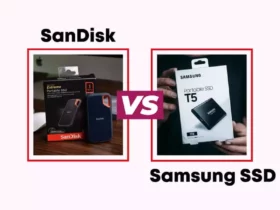

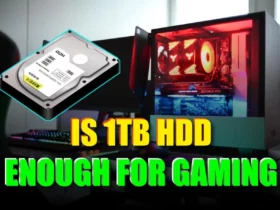
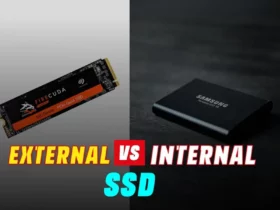
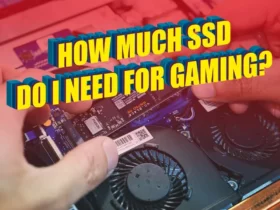

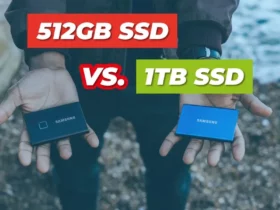
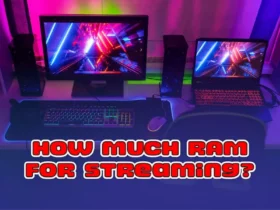
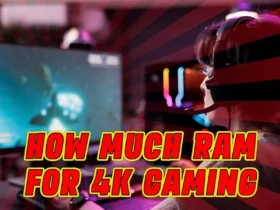
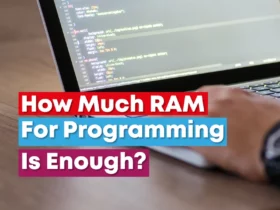
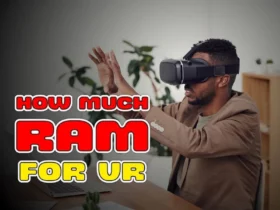
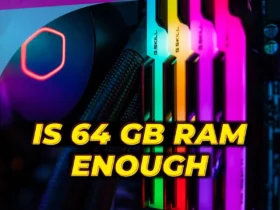
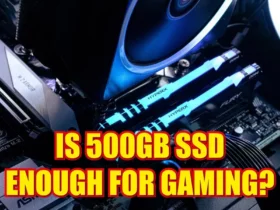
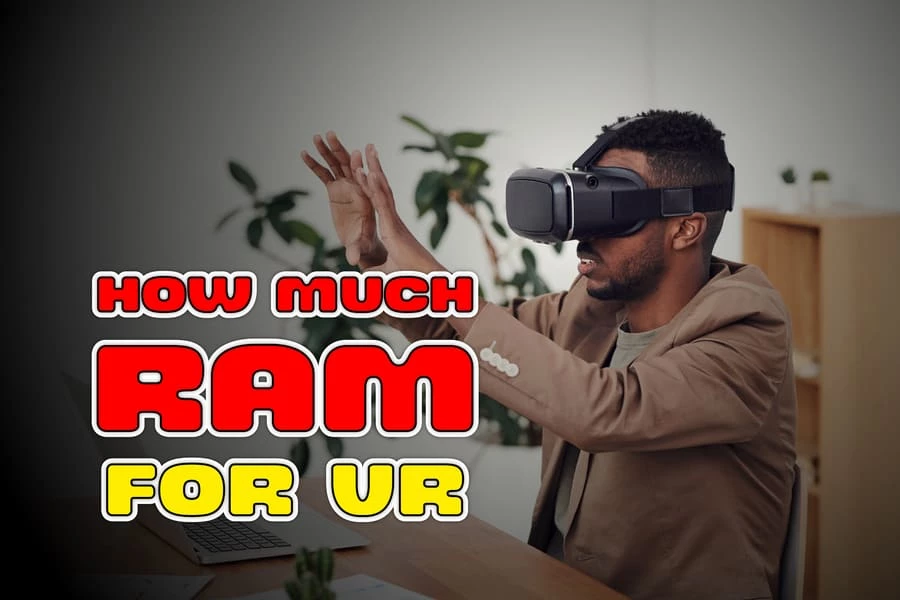

Leave a Reply